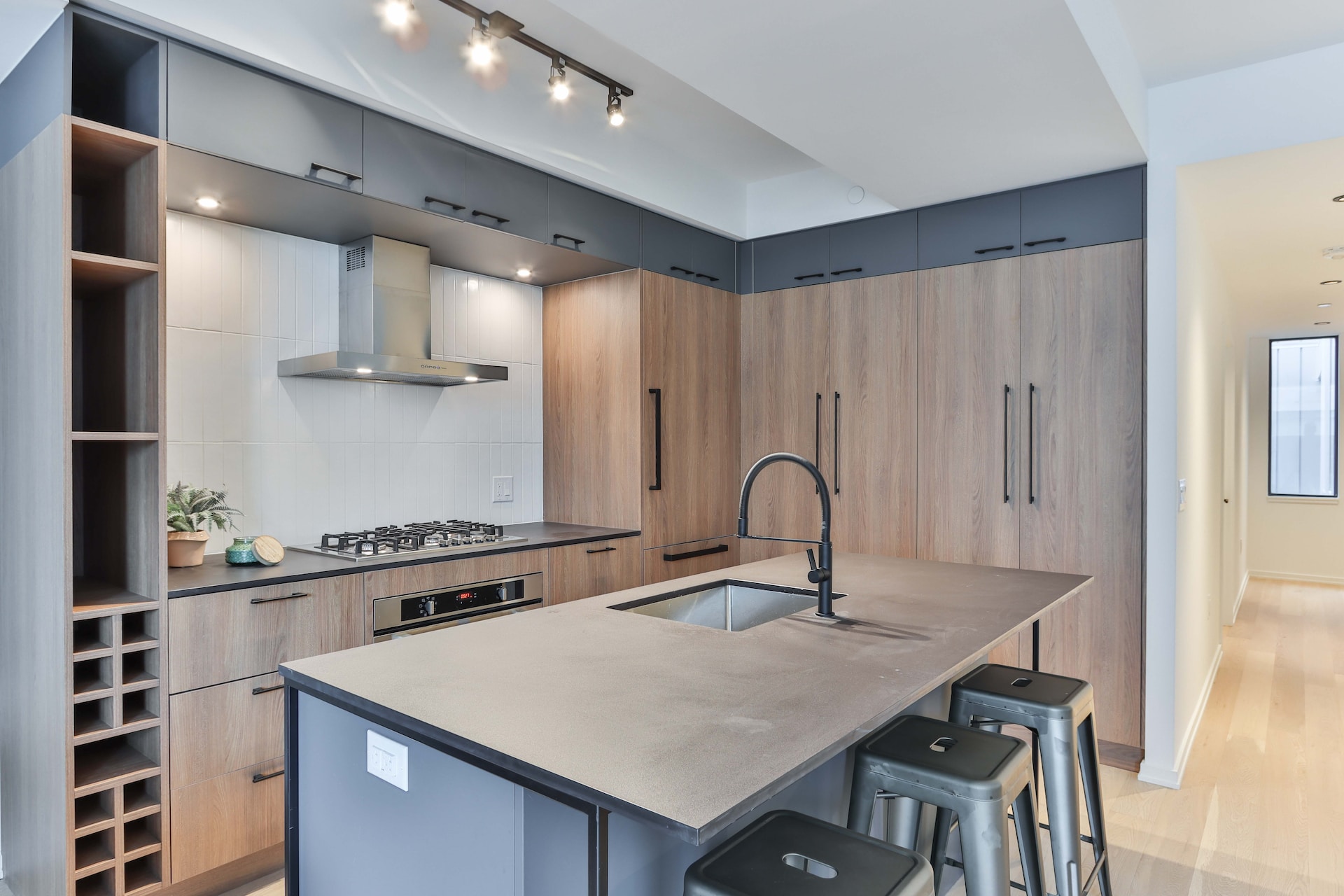California Kitchen Cabinets – The Ultimate Guide to Designing Your Dream Kitchen
Cabinets set the tone for your kitchen and play a vital role in workflow. If yours are outdated, a quick paint job or refacing can transform them.
Add a pop of color with brightly painted cabinets or a neutral shade to provide a sleek, modern look.
Before painting, scuff the surfaces of your cabinets with a foam sanding block to give the primer something to adhere to. Then vacuum and rub down with a tack cloth.
How to Choose the Right Cabinets for Your Kitchen
Cabinets can dramatically impact the look and feel of your kitchen. It’s essential to determine your aesthetic style before choosing cabinets. Identifying your style will help narrow options and guide California kitchen cabinet designers or cabinet dealers/makers you work with during the design process.
For example, if you prefer a minimalist aesthetic, opt for flat-panel doors in a light color with minimal detailing or accents. Remember that cabinets with a high level of detail may be difficult to clean and maintain.
In addition to aesthetics, ensure your cabinets offer efficient storage solutions and a layout that suits your needs. For example, plan enough space so that cabinets and appliance doors can open without banging into one another. Also, consider incorporating pull-out shelves or lazy susans into your cabinets for additional organization and accessibility.
Materials
Cabinets should balance strength and style, and the material used in their construction plays a significant role. Understanding the materials available allows homeowners to select a construction that fits their desired design and lifestyle needs.
Solid wood is one of the most robust cabinet materials. It’s expensive but offers natural beauty and durability that other materials can’t match. Cherry, for example, is a popular choice for kitchen cabinets because of its durability and attractive coloration.
Oak is another robust and affordable option. It’s often used in traditional designs and works well with medium and dark-tone stains. If you prefer a modern look, consider walnut cabinet doors. It has a distinctive grain pattern scores 1010 on the Janka scale for strength.
Finishes
Cabinet finishes are a big part of the final look. Choosing the right cabinet finish is crucial for achieving your desired kitchen aesthetic, whether installing new cabinets or refinishing existing ones.
A semi-gloss or gloss finish offers a soft sheen that’s easy to wipe clean, which is essential for high-traffic areas. Flat or matte finishes diffuse light beautifully but can be more challenging to keep clean and scuff-free.
Glazed finishes add depth to cabinetry, drawing the eye to each detail. They’re typically easier to clean than painted cabinets but can be susceptible to damage from scrubbing or humidity.
Hardware
Knobs and handles are necessary for opening cabinets. However, they can also help set a kitchen’s style and character.
Decide if you prefer knobs or pulls. Knobs work better on cabinet doors because they are easier to grasp and don’t require as much force to open. However, pulls can be better for drawers because they allow you to wrap your entire hand around them, which helps prevent them from becoming misaligned over time.
When you’re creating your ideal kitchen, every tiny detail counts. Pay attention to every aspect to ensure your kitchen turns out just how you want it. For example, consider where you want your waste bins to be located. It may seem small, but it’s essential to determine how your family will use the space.
Installation
Once you’ve settled on a design for your dream kitchen, it’s time to assemble and install the cabinets. Planning goes a long way to ensure your kitchen remodel is as perfect as possible.
Shut off the power to the area you’ll be working in. It will prevent accidental shocks when working around electrical lines and switches.
Position each cabinet on the layout lines and mark its stud locations with a stud finder. Transfer these marks to the back of the cabinet, ensuring the marks align with the installation rails.
Screw a ledger to the studs at each location, then set the cabinet on it and secure it with 3-inch screws. Add shims to make the cabinet sit flat against the wall if necessary.







0